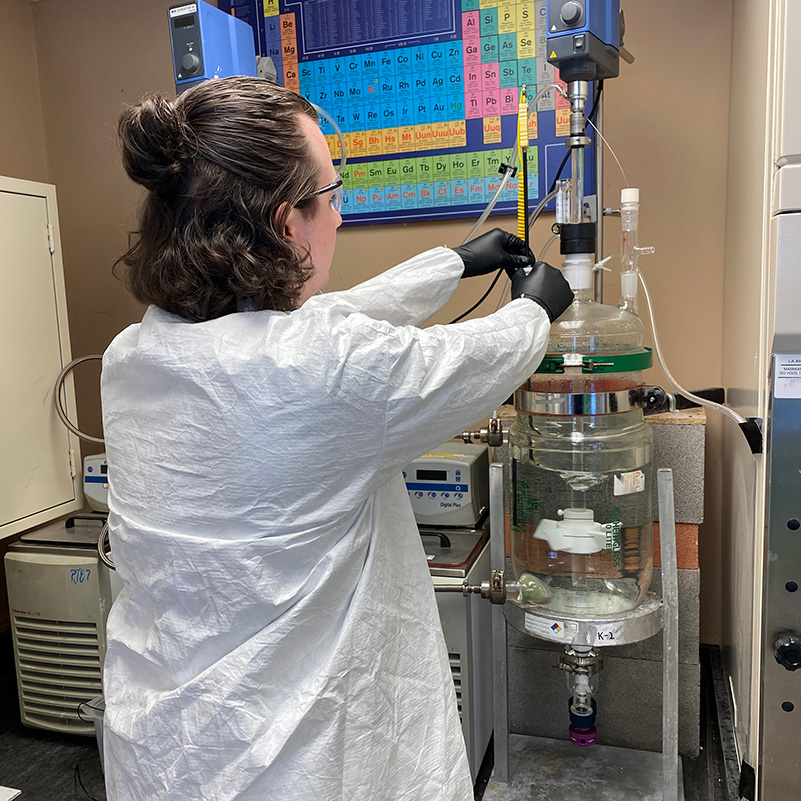While “polymer synthesis” may be a new term for some readers, John Wesley Hyatt actually created the first synthetic polymer in 1869. This discovery was ground-breaking. Prior to this, polymers were only provided by nature. Materials, like bone, wood, fur, cotton, silk, and leather were naturally occurring polymeric materials that served man from the Stone Age until modern times. However, thanks to technology, scientists can now produce new substances on their own.
Polymers are now found in almost every aspect of our lives, from everyday items like plastic bottles, technical fibers and textiles like Gore-Tex, medical supplies like stents and implants, and carbon fiber composites used in space exploration are all based on synthetic polymers. Let’s have a look at the applications of polymer synthesis and how much of the world has profited from polymer synthesis.
Applications of Synthetic Polymers
Synthetic polymers are used in countless applications. Some notable ones include:
- polypropylene for packaging
- PVC for pipe and signage
- nylon for textiles and ropes
- polyurethane for foams
- epoxy composites for automotive body parts and aerospace
- silicone rubber for medical applications
- acrylic for lenses and paints
…and the list goes on.
Compared to natural polymers, synthetic polymers exhibit a number of favorable qualities. They have good resistance, elasticity, hardness, and chemical reactivity.
Profiting from Polymer Synthesis
Polymer synthesis is a highly technical and complex discipline. It is highly unlikely that a person could conduct this type of work without substantial training. Therefore, perhaps the best way an individual person can profit from polymer synthesis, is to study chemistry and polymer science and secure a job with an appropriate company or research institution. If you’re looking to profit from polymer synthesis, the first thing you must do is learn the needed skills. Some of the most well-known Universities offering courses in polymer synthesis include the University of Akron, MIT, Virginia Tech.
Next, you need to work in the field to learn the appropriate skills. Polymer synthesis is a discipline that requires a high degree of knowledge and training. If you attempt to synthesize a polymer without first understanding the chemistry and potential side reactions that can occur, fires and explosions can occur, resulting in damage to the environment, along with the loss of property and lives.
With that said, there are many examples of inventors and entrepreneurs who have and continue to create technologies and businesses that have contributed extensively to wealth generation in the world. Some examples include inventors and entrepreneurs like Charles Goodyear, Herbert Henry Dow, and Pierre Samuel du Pont de Nemours; Wallace Carothers (nylon), Leo Baekeland (Bakelite), and James Wright (Silicone Rubber; “Silly Putty”).
If you decide to branch out on your own in today’s market, you will need to identify market opportunities, develop a business plan for your polymer synthesis venture, and secure funding. You must also develop a marketing strategy to promote your business. You will have to continuously innovate according to the latest consumer trends to stay afloat in this competitive industry.
Final Thoughts
Breakthroughs and ongoing progress will rapidly shape new uses and purposes as polymers rapidly become one of the most utilized classes of material in the world, benefiting everyone who uses or produces polymer synthesis technology.



